#poltava
Text

Girls from Poltava Region, early XXth century
156 notes
·
View notes
Text
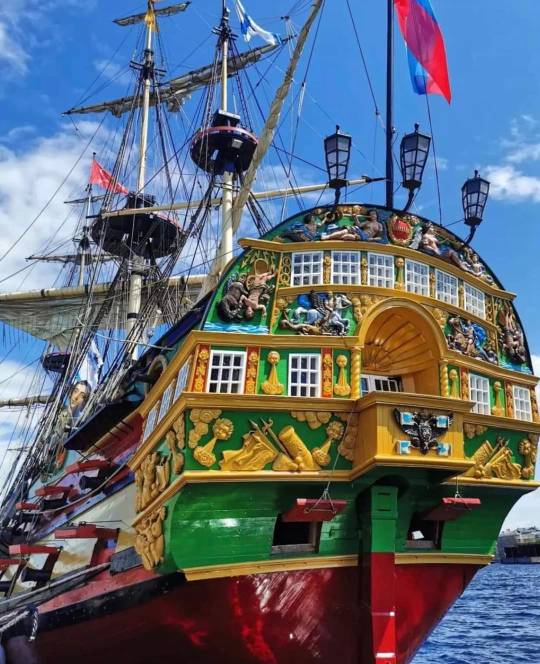
The Poltava replica
She was a 54-gun ship of the line of the Russian Navy that was launched on 15 June 1712 in Saint Petersburg. She was part of the Baltic Fleet, but was not in service for long. Already after 1721 she served as a training ship and was decommissioned in 1732.
89 notes
·
View notes
Text
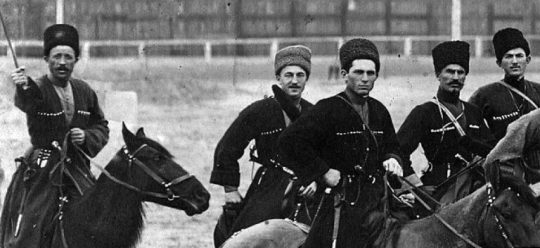
Through the centuries, papakha (or papaha) has been among essential attributes of the Cossacks. Its value is famously mentioned in Poltava by Alexander Pushkin. Considered inviolable, Cossack hats could only be given away upon death. For this reason, knocking it off a man’s head would be viewed as a grave insult and a challenge to a duel. However, an owner’s act of throwing his hat down would signify a bet on his own life.
In the Russian Empire, a military regulation allowed for mass heroism decorations to be attached to hats driving their value even further up. Actively serving Cossacks also used to carry small icons sewn into lining, which allowed them to pray anywhere, be it in a field, at a battle front, or during a march. During peacetime, the hat played a very important role in a Cossack’s civic life. The hat denoted legal rights of a man as the elder of his family. Hats of fallen Cossacks would be returned to their homes to be placed in the prayer corner signalling protection from God thereon. Papakha hats served a major role in matchmaking and weddings as well.
[more here]
6 notes
·
View notes
Text
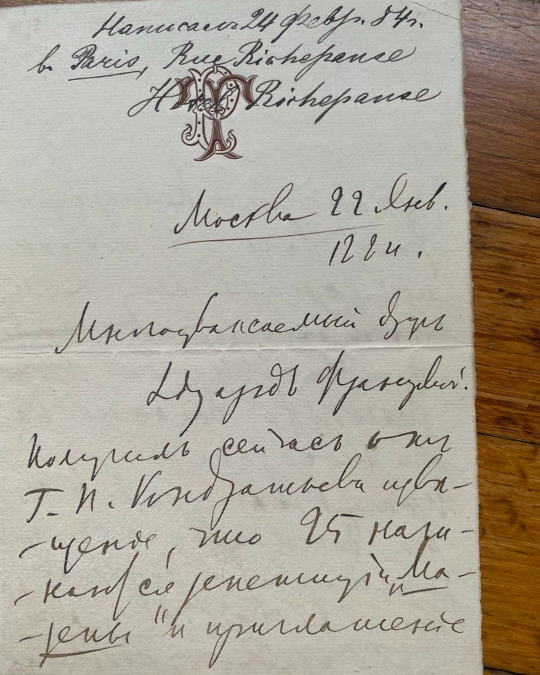
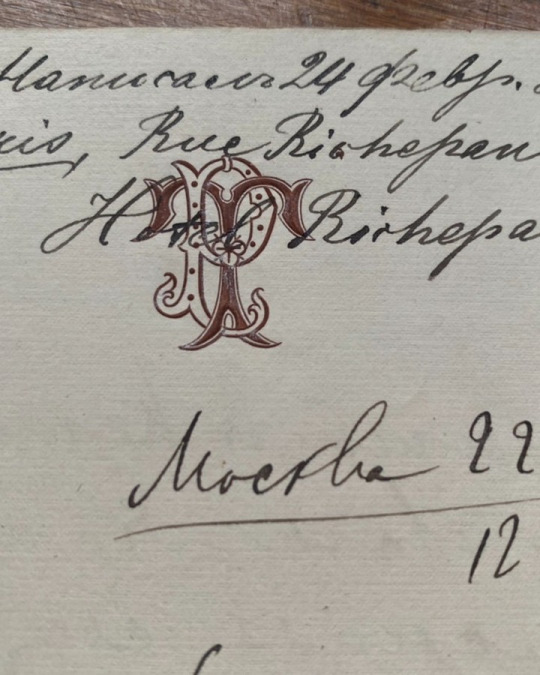



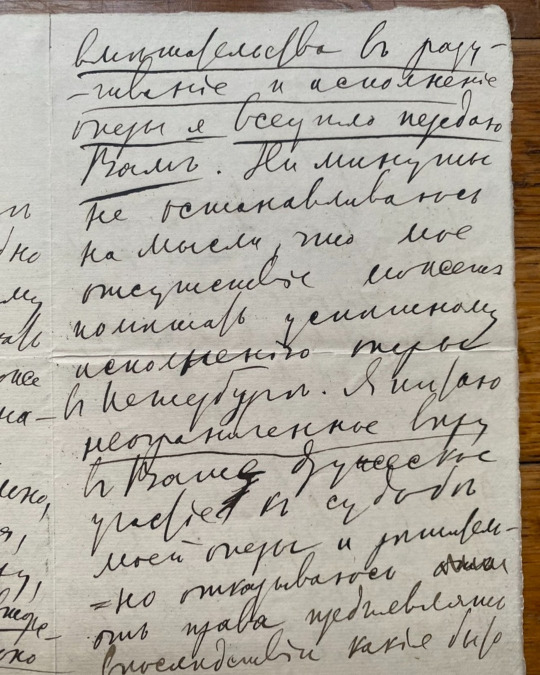
OTD in Music History: Composer Pyotr Tchaikovsky (1840 - 1893) sits down and writes a letter to his friend, the famous Russian conductor Eduard Napravnik (1839 - 1916), letting him know that Tchaikovsky will unfortunately not be able to attend the final rehearsals for the St. Petersburg production of his new opera "Mazeppa," because he must instead stay in Moscow to oversee the final rehearsals of the production of the same opera in that city.
Tchaikovsky composed "Mazeppa" between 1881 and 1883, and two related “world premieres” were arranged: Moscow (February 3, 1884) and St. Petersburg (February 6, 1884) -- the latter to take place under Napravnik´s baton. At both of these performances, the work was regrettably marred by uneven vocal and acting abilities within the two casts. The press and the public nevertheless responded warmly in Moscow, but "Mazeppa" received a harsh critical roasting in St. Petersburg. Tchaikovsky's brother, Modest, initially hid that fact from Tchaikovsky -- and when Tchaikovsky finally learned the truth some weeks later, he wrote the following to Modest: "You did well, because the truth might have killed me."
PICTURED: The original letter that Tchaikovsky wrote to Napravnik, referenced above, dated less than two weeks before the world premiere of "Mazeppa". This letter reads in part (translated):
"It is impossible for me to leave Moscow, where rehearsals are due to begin any moment now, too. My earnest request to you is to rehearse my opera without waiting for me . . . I am transferring all my rights of authorship concerning interference into studying for and performing the opera entirely with you . . . I nourish absolute trust in your friendly sympathy for the fate of my opera . . . be assured that I am not in the least exaggerating saying that I unconditionally trust your craftsmanship, experience, and friendship . . ."
Given the poor reviews, perhaps Tchaikovsky placed too much faith in his friend?
#Pyotr Tchaikovsky#Tchaikovsky#Mazeppa#Opera#bel canto#composer#classical composer#classical studies#aria#diva#primadonna#classical music#music history#letter#Mazepa#Pushkin#Poltava#poem#Aleksandr Pushkin#Russian composer#Romantic period#conductor#Eduard Napravnik#Napravnik#music
30 notes
·
View notes
Text

"A bride" by Fedir Krychewskiy, 1910
#ukraine#poltava#old fashioned#folk music#retro aesthetic#ethnic#art#artwork#traditional clothing#folk costume#customs#eastern europe
17 notes
·
View notes
Text

Poltava (c) Natalia Leschenko @natashale777
#ukraine#украина#україна#russia#россия#росія#putin#путин#путін#война#war#poltava#art#illustration#війна#Полтава#арт#иллюстрация#ілюстрація
63 notes
·
View notes
Text

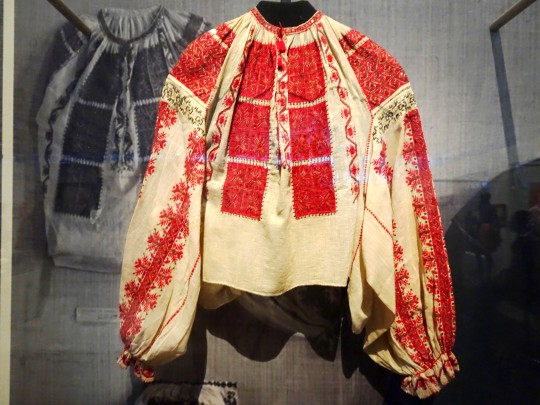

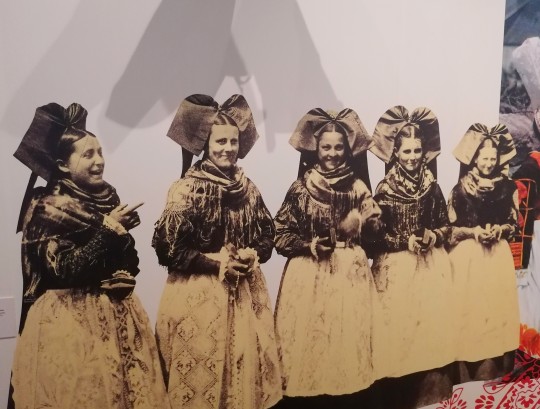


Marseille. Au MuCEM, une très intéressante expo : "Fashion-Folklore".Le titre parle de lui-même.
rubaha, chemise de Carélienne - Tver, XIXe s.
chemise d'Ukrainienne - Poltava, Ukraine, fin XIXe s.
costume d'Arlésienne - Arles, 1875
costumes d'Alsaciennes
bonnet - Alsace, fin XIXe s.
Victor Weinsanto 2021
#marseille#MuCEM#expo#fashion folklore#fashion#mode#folklore#rubaha#carélie#finlande#russie#tver#ukraine#poltava#arles#provence#arlésienne#bonnet#coiffe#coiffe alsacienne#alsace#victor weinsanto
9 notes
·
View notes
Text
New Azur Lane event. So uh uhm she... Is...


WAIT FANGS!?

This game wants me dead I swear...
#Nimue's Whispers#I mean I want more female f/os so uh maybe perhaps possibly I am considering.#She makes me feel things and consider hard. All I will say.#f/o community#fictional other community#potential f/o#azur lane#Poltava#Azur Lane Poltava
5 notes
·
View notes
Text
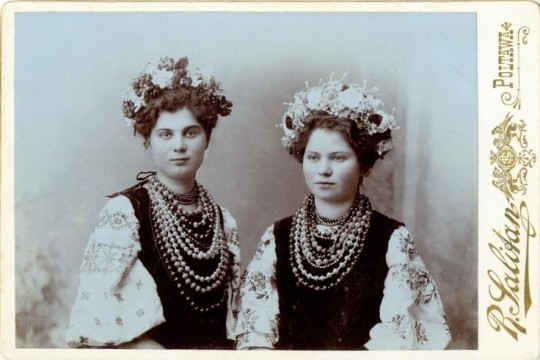
Sisters from Poltava, early XXth century
175 notes
·
View notes
Text
Ukrainian village at the beginning of the 20 century
Vasylkivskyi village Poltava region. Spring. Postcard of the beginning of the 20th century.

Photo from V. Nedyak's edition "Ukraine - Cossack State. Illustrated history of the Ukrainian Cossacks". Kyiv. 2004. P. 671.
#ukraine#old postcards#old photography#old photos#vintage postcards#poltava#spring in ukraine#illustration#illustration of ukraine#ukrainian illustrations#vintage illustration#stand with ukraine#illustrated history of the ukrainian cossaks#20 century#ukrainians#ukrainian tumblr#art from ukraine#illustrators on tumblr#vintage postcard#postcard#khata
32 notes
·
View notes
Text
#ukraine#art#poll#ukrainian#ukrainian culture#ukrainian regions#hutsul#volyn#poltava#folk costume#traditional clothing#ukrainian folk#art account#nintendo#peach#princess peach#mario
4 notes
·
View notes
Text

Relax Park Verholy, Poltava Oblast
#ukraine#ukraineblr#ukrainian tumblr#poltava#nature#chill vibes#україна#украина#полтава#український tumblr#український тамблер#український блог
2 notes
·
View notes
Photo

Am derp.
Poltava, Ukraine (courtesy of Google Maps via GeoGuessr)
2 notes
·
View notes
Text
The Russian military have launched missile strikes on a shopping mall in the city of Kremenchuk, Poltava Region. Over 1,000 civilians were inside. At least 18 people were killed, Dmytro Lunin, the head of the Poltava region military administration, said on Tuesday. He had earlier said the death toll could rise. The attack targeted a site in central Ukraine far away from the epicenter of Russia's war, which has recently been focused in the east of the country. Ukrainian officials said the attack was conducted by a Russian KH-22 missile, which is capable of carrying an explosive warhead of up to 1 ton (2,240 pounds).




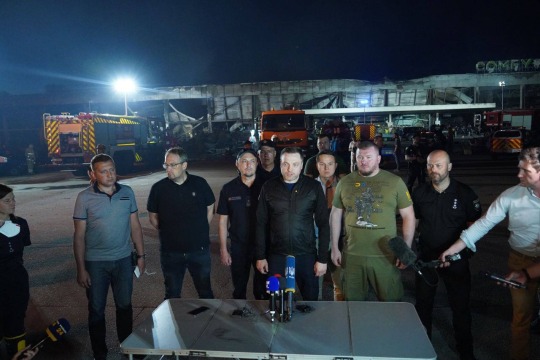

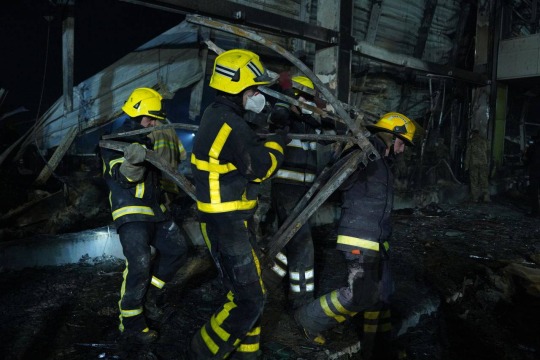
#ukraine#russian invasion#war in ukraine#stop russian aggression#war against ukraine#stop putin#russia#poltava#russian terror#genocide#russia is a terrorist state
5 notes
·
View notes
Text
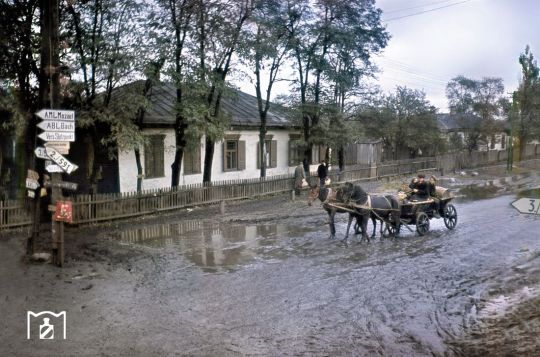
UCRANIA en 1943 captada por el fotógrafo alemán Walter Hollnagel.
Ucrania no ha sido objeto de un agresor genocida por primera vez en 2022. Ya en 1929 la colectivización comunista dictada por Stalin, rechazada por los ucranianos, llevó a la hambruna sistemáticamente organizada y ejecutada por voluntarios del PCUS y el Komsomol. Seis millones y medio de campesinos ucranianos fueron condenados a morir de hambre (lo que hoy conocemos como "Holodomor"). En la II Guerra Mundial, la ocupación alemana de Ucrania duró de 1941 a 1944. Junto con Bielorrusia y los Países Bálticos, Ucrania fue uno de los principales escenarios bélicos de la brutal guerra germano-soviética, con inmensas regiones devastadas y millones de civiles muertos. En aquellos años, el fotógrafo alemán Walter Hollnagel, que trabajaba para el Deutsche Reichsbahn (Ferrocarriles del Reich), alternaba sus reportajes de tema ferroviario con su interés por la vida de los civiles ucranianos y el paisaje de su país. Por ello no dudó en gastar parte de sus caros y novedosos carretes de Agfa en color en imágenes como la presente. Se trata del pueblo de Lubny, a mitad de camino entre Kiev y Poltava, en plena "rasputitsa" (época de lluvias y barro) a comienzos del otoño de 1943. Las primitivas carreteras soviéticas de tierra se convertían en auténticos lodazales, prácticamente intransitables (Sept. 1943). Foto Walter Hollnagel vía Eisenbahnstiftung Joachim Schmidt (EBS-JS).
3 notes
·
View notes
